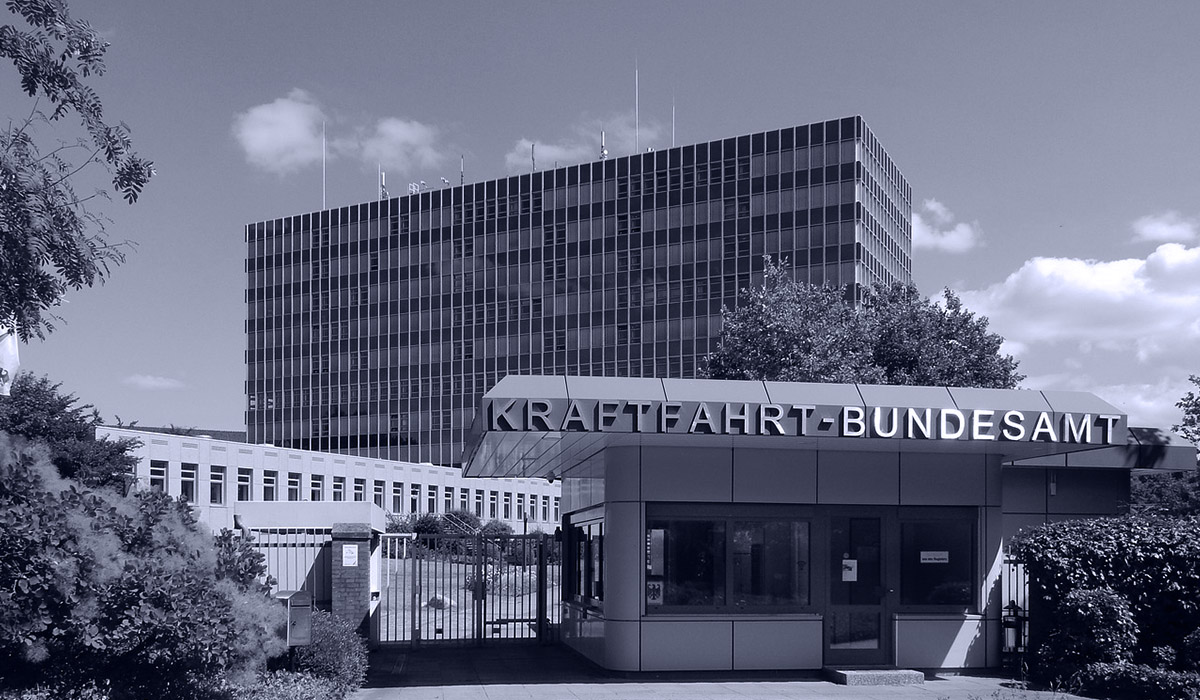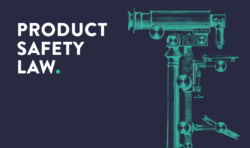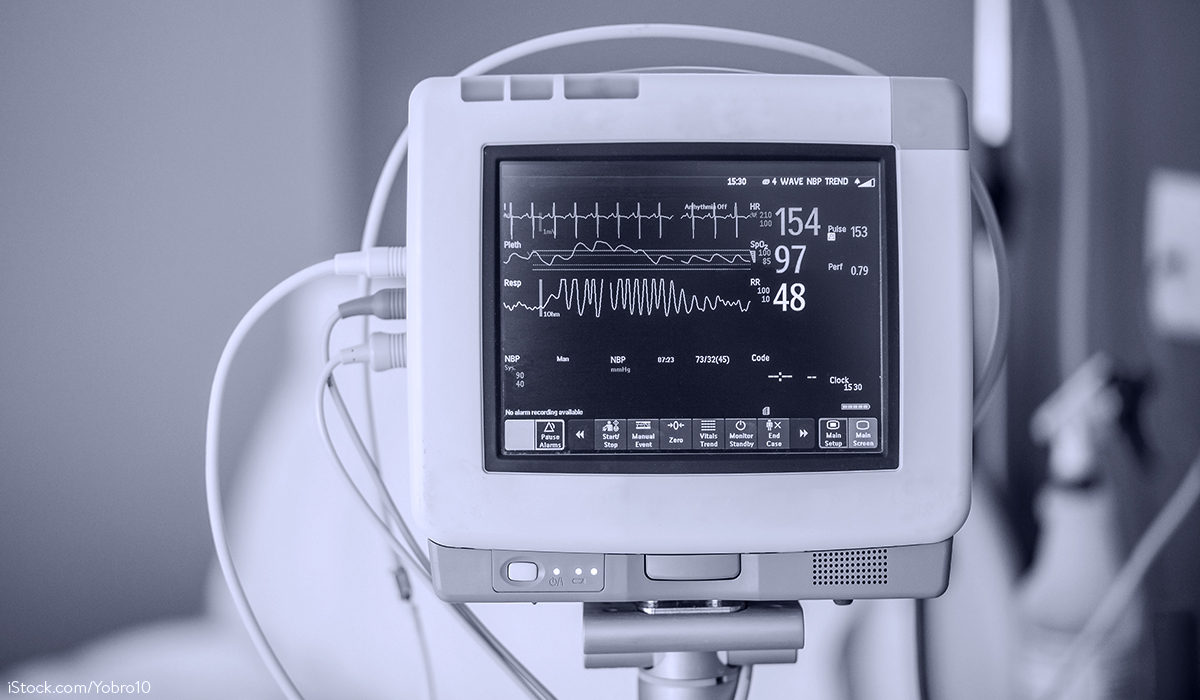At the end of 2019, the German Federal Motor Transport Authority (Kraftfahrt-Bundesamt [KBA]) published the Code of Conduct for Recall Actions (hereinafter referred to as “Code”). It replaces the old Code for the Implementation of the Product Safety Act (ProdSG) as of November 2011. Since the KBA has central product safety responsibilities under the Act on making products available on the market (Product Safety Act – ProdSG) of 8 November 2011 for all products subject to the Road Traffic Act (StVG), it is worth taking a look at the KBA publications. With this codex, the KBA is pursuing the goal of making its actions in the execution of recalls transparent. Against this background, the publication is naturally of particular interest to the automotive industry with regard to vehicles and vehicle parts – the StVG does, of course, also cover e-bikes in the form of S-pedelecs.
Practically important is the following classification of recalls:
- voluntary recall (2.2.4.1)
- monitored recall (2.2.4.2)
- ordered recall (2.2.4.3)
As regards voluntary and monitored recall, the KBA refers to section 2.6 of Annex I to the Code with regard to the measures taken by the responsible economic operator. There in Annex I the special conditions for monitored and ordered recalls are laid down. Responsible economic operators are manufacturers, authorised representatives, importers and distributors (2.2.1). It is precisely in the right of recall that the serious risk plays a prominent role – according to the Code, this category of risk requires rapid intervention by the market surveillance authority, based on an appropriate risk assessment (2.2.3). Where such a risk exists, the KBA requires a so-called maximum compliance rate. The compliance rate accepted by the KBA depends on the product incriminated and the objective practical circumstances associated with it (e.g. the accessibility of products with a serious risk or the owners; 2.2.5). Unsurprisingly, in order to achieve the maximum compliance rate, typically the owners of all vehicles concerned should be informed. The keeper data from the Central Vehicle Register (Zentrales Fahrzeugregister [ZFZR]) thus continues to be a central instrument for the effective implementation of a recall in the automotive industry. Incidentally, the Code conspicuously often emphasises the obligation to report consumer products in accordance with Sec. 6 Para. 4 ProdSG. There is even a form in Appendix 9 of the Code for corresponding reports to the KBA.
Result: In the case of (threatening) field actions in the KBA’s area of responsibility, i.e. in particular for vehicles and vehicle parts, but also S-pedelecs, the new KBA code will continue to be an important practical aid. Experience has shown that the orientation towards the KBA specifications should make a central contribution to carrying out a recall in good cooperation with the KBA.
Link to the document: KBA-Code of Conduct for recall actions
For further information: Schucht, DVBl. 2017, 1129 ff.; Schucht, EuZW 2018, 141 ff.
Do you have any questions about this news or would you like to discuss the news with the author? You are welcome to contact: Dr. Carsten Schucht







